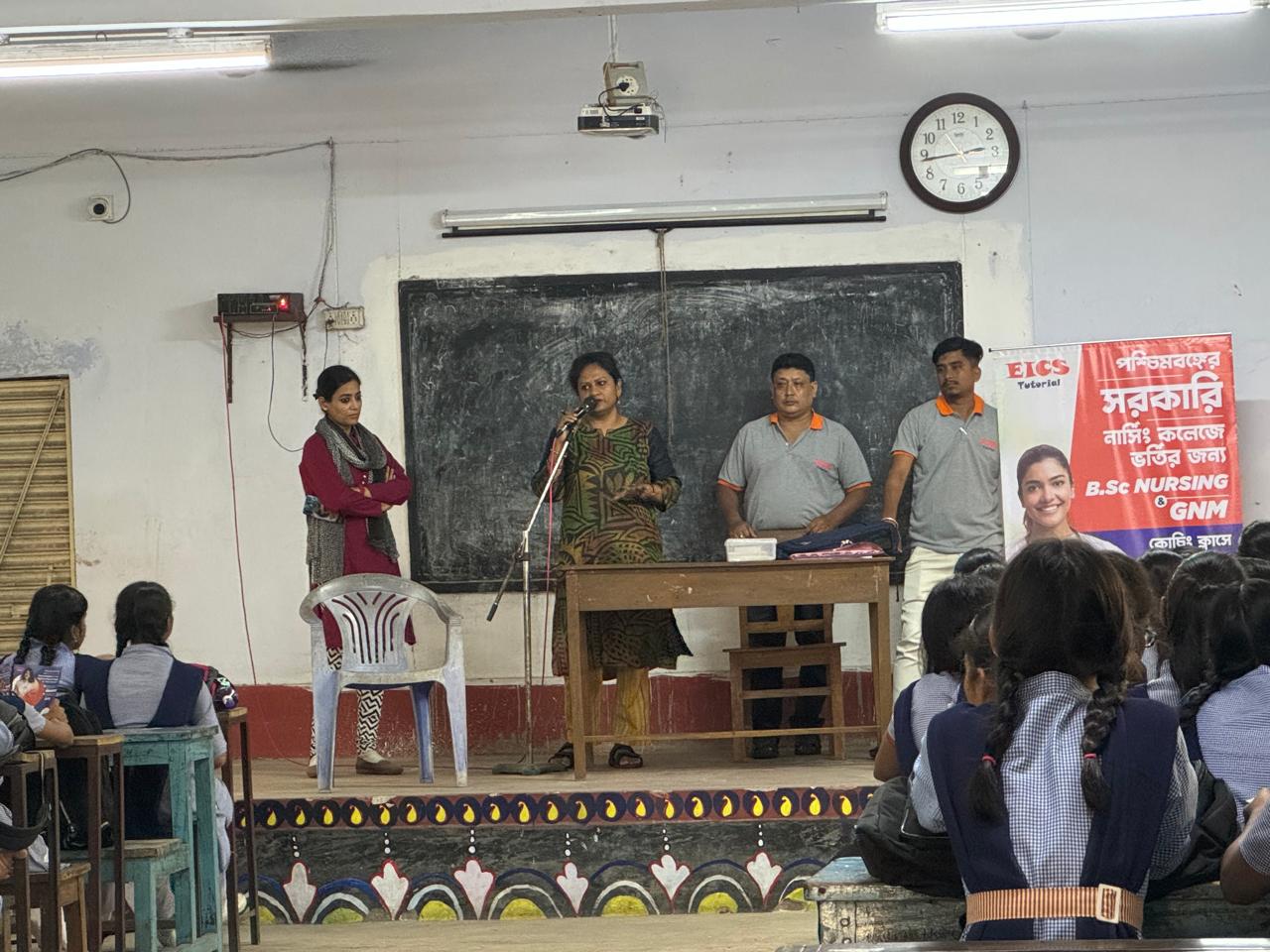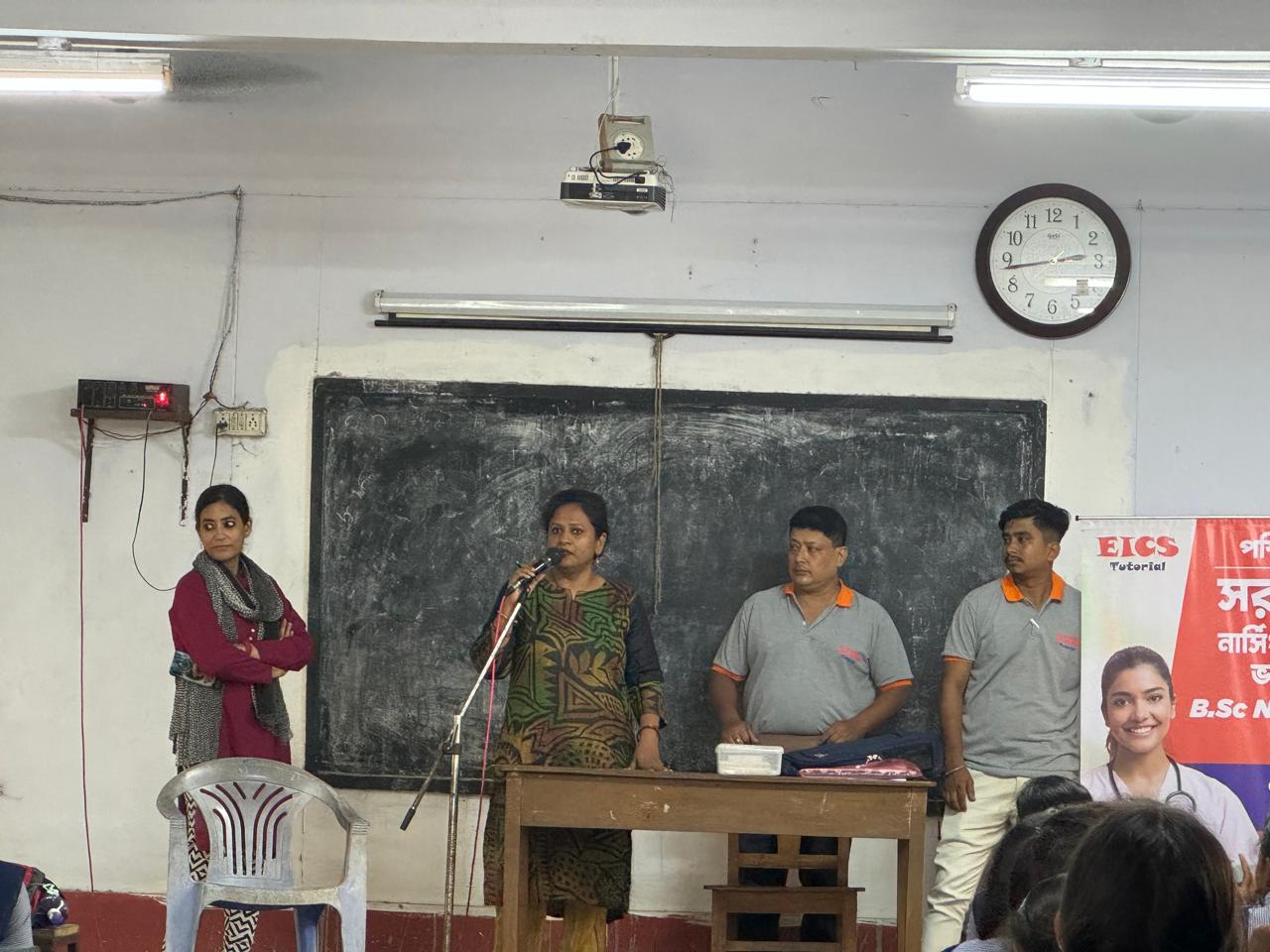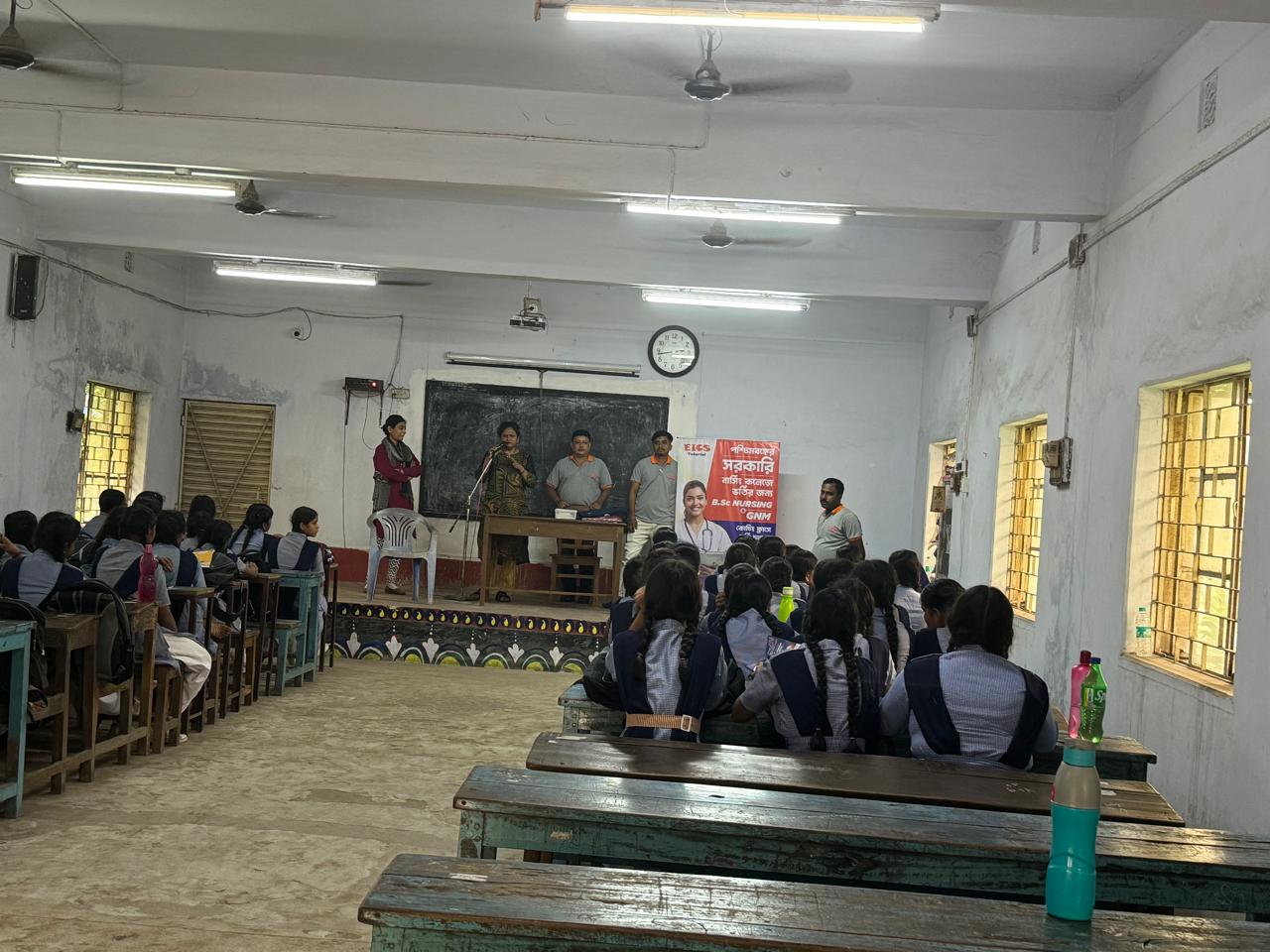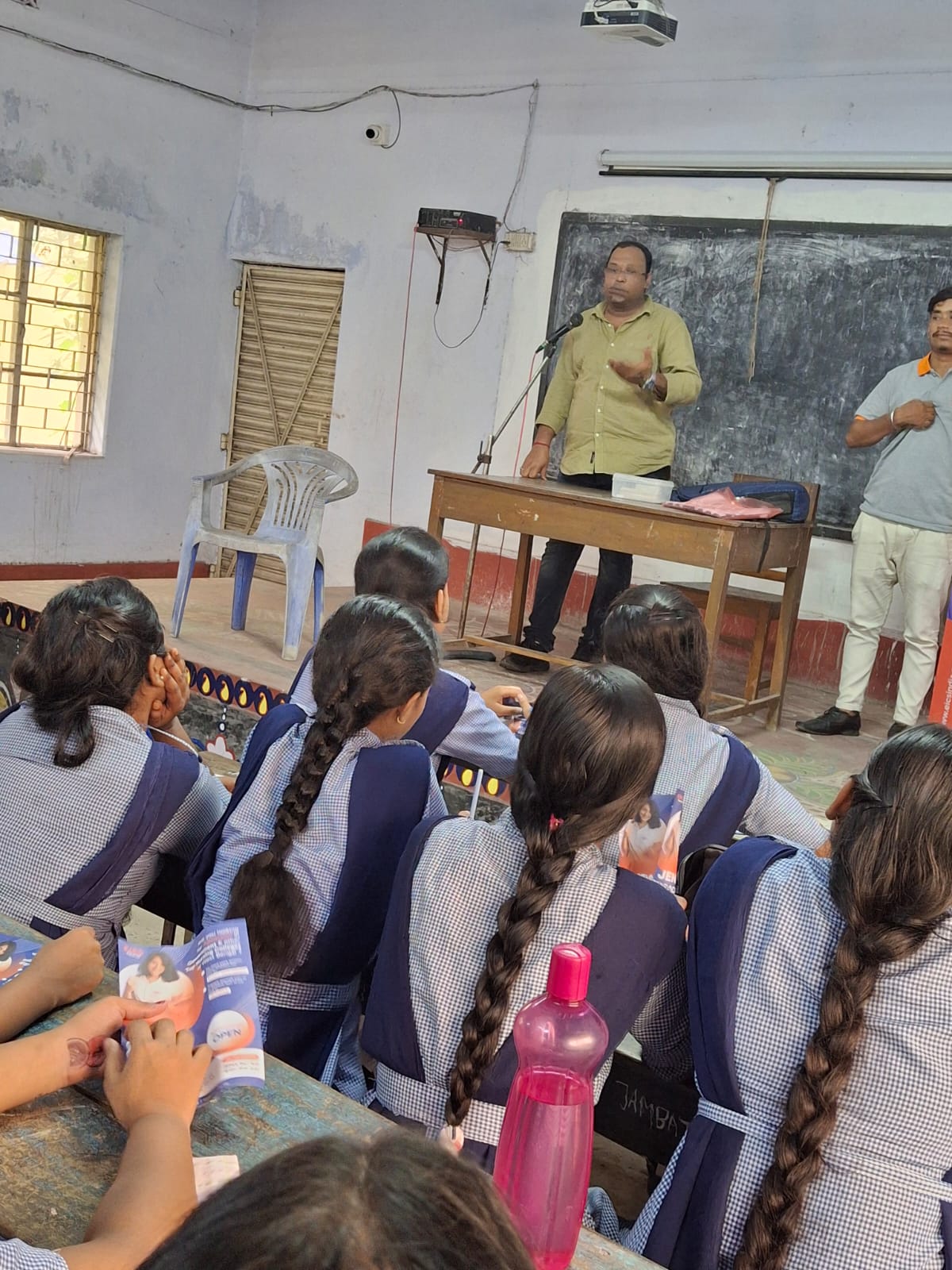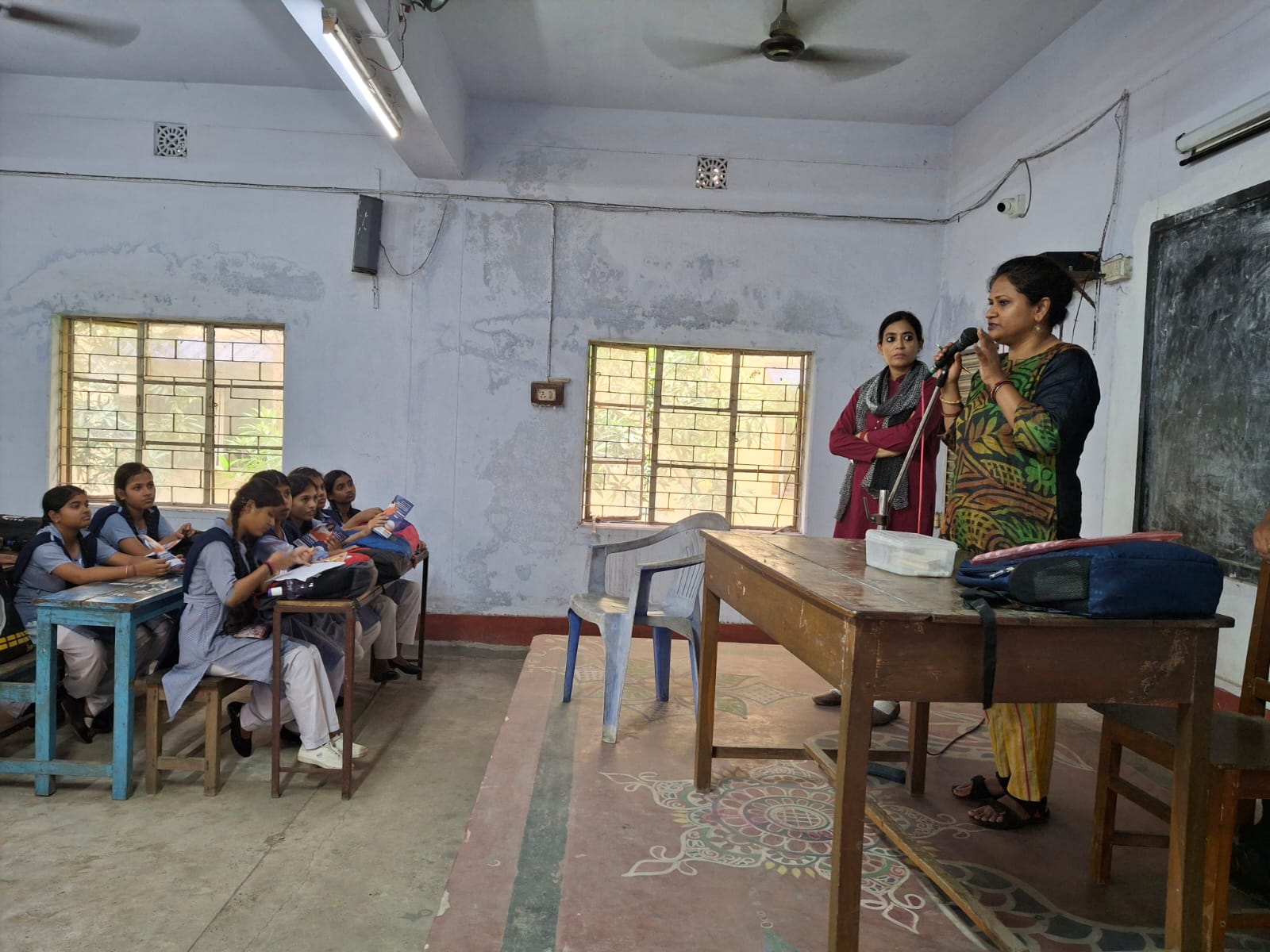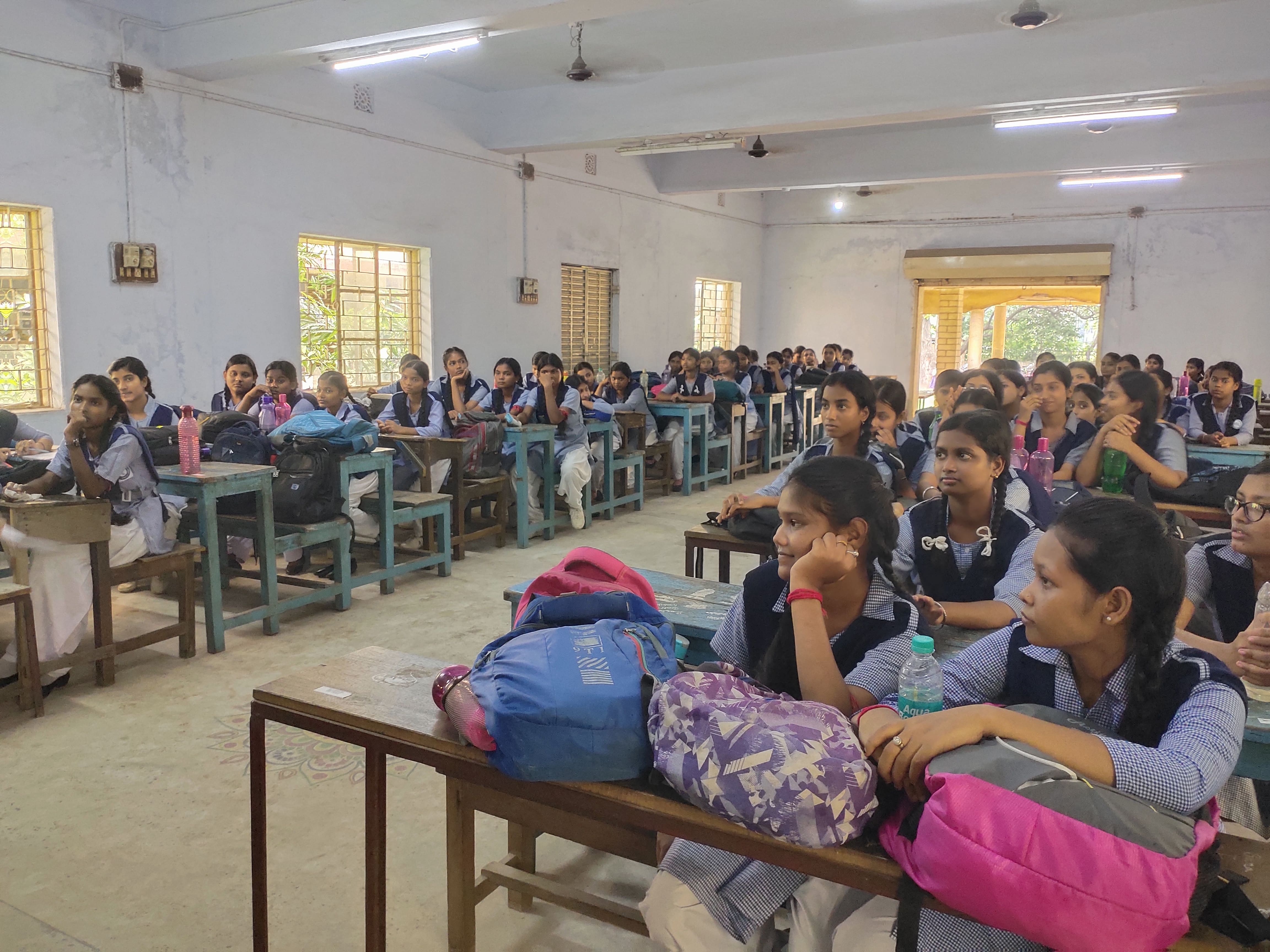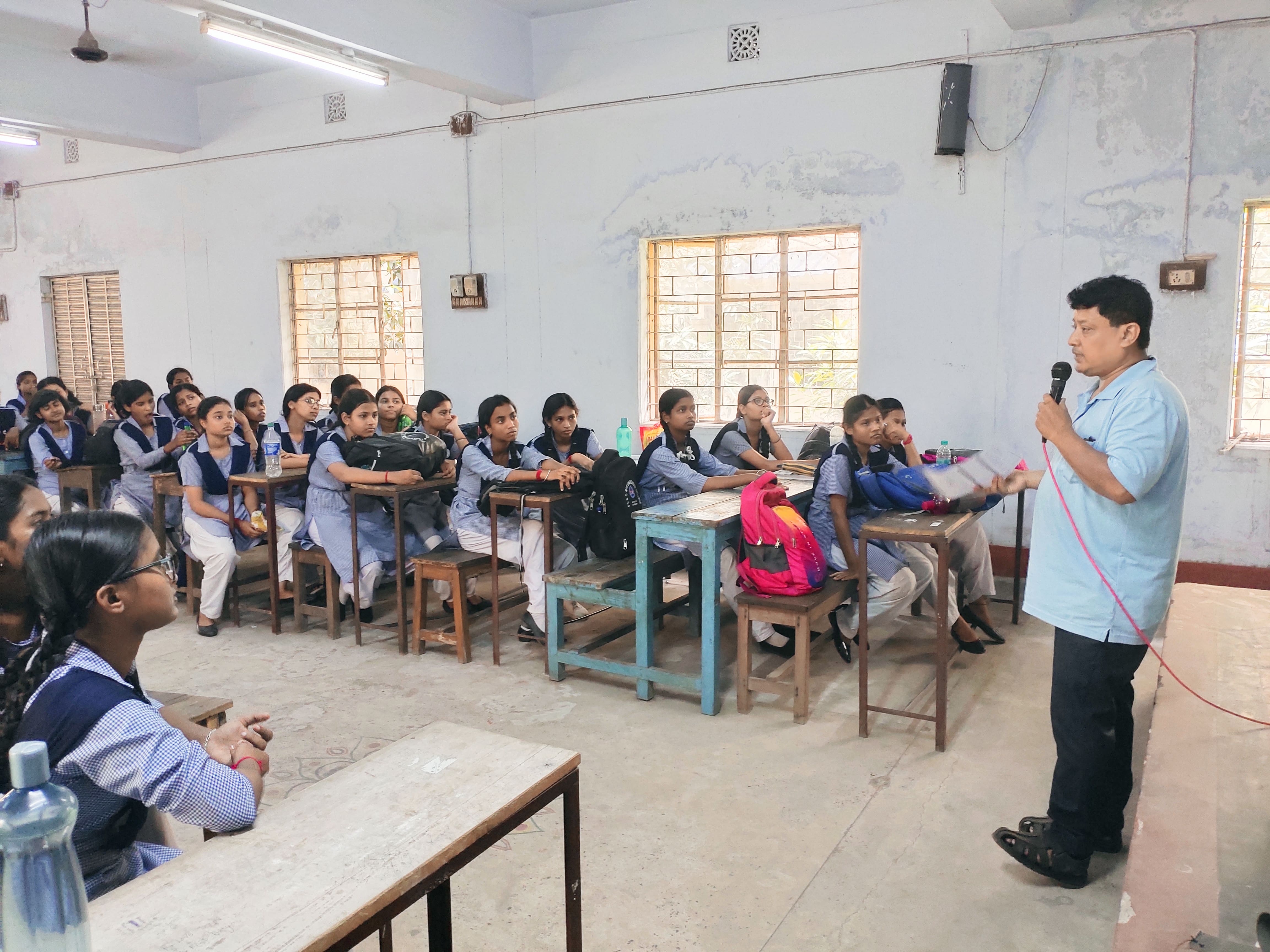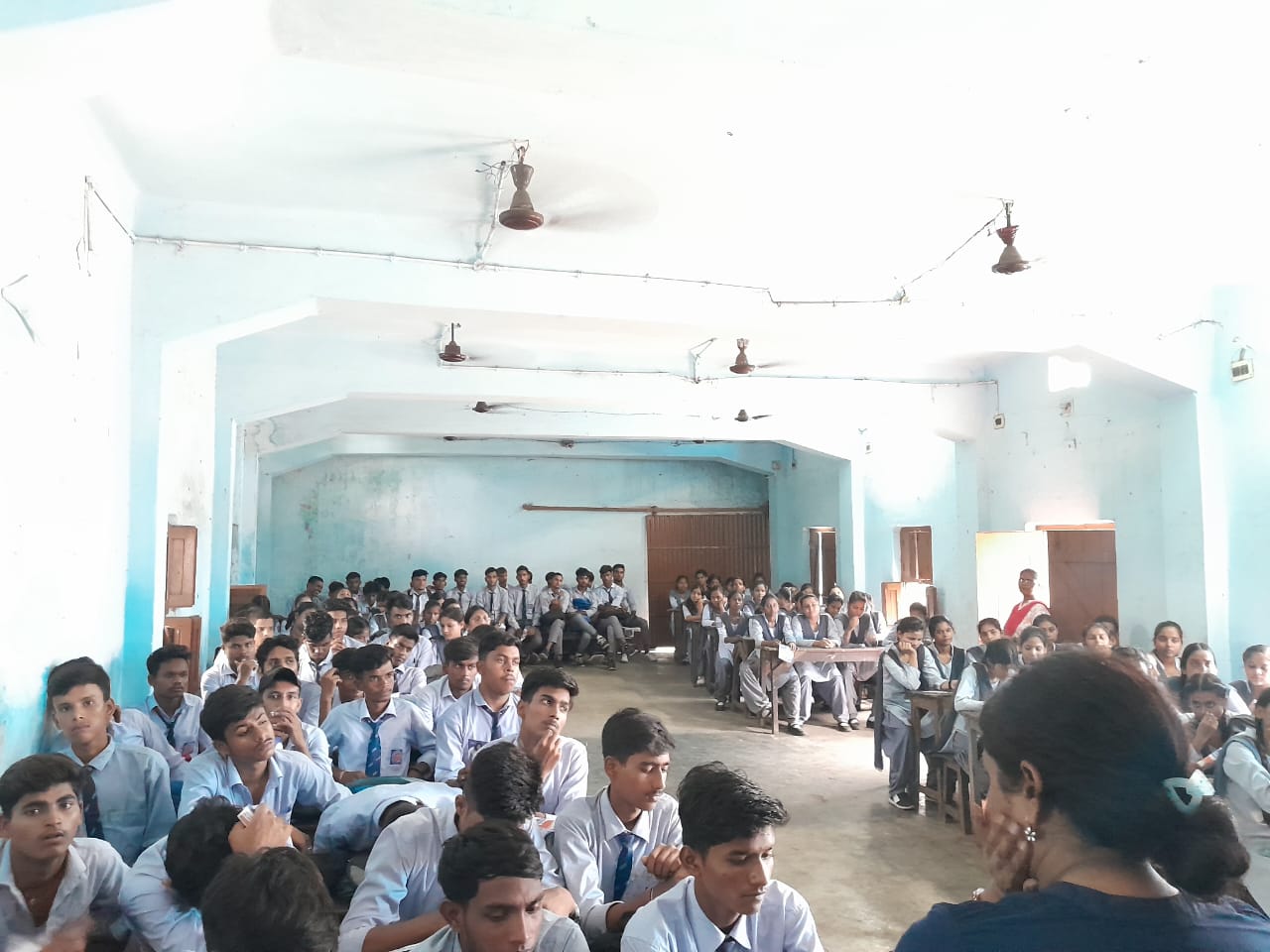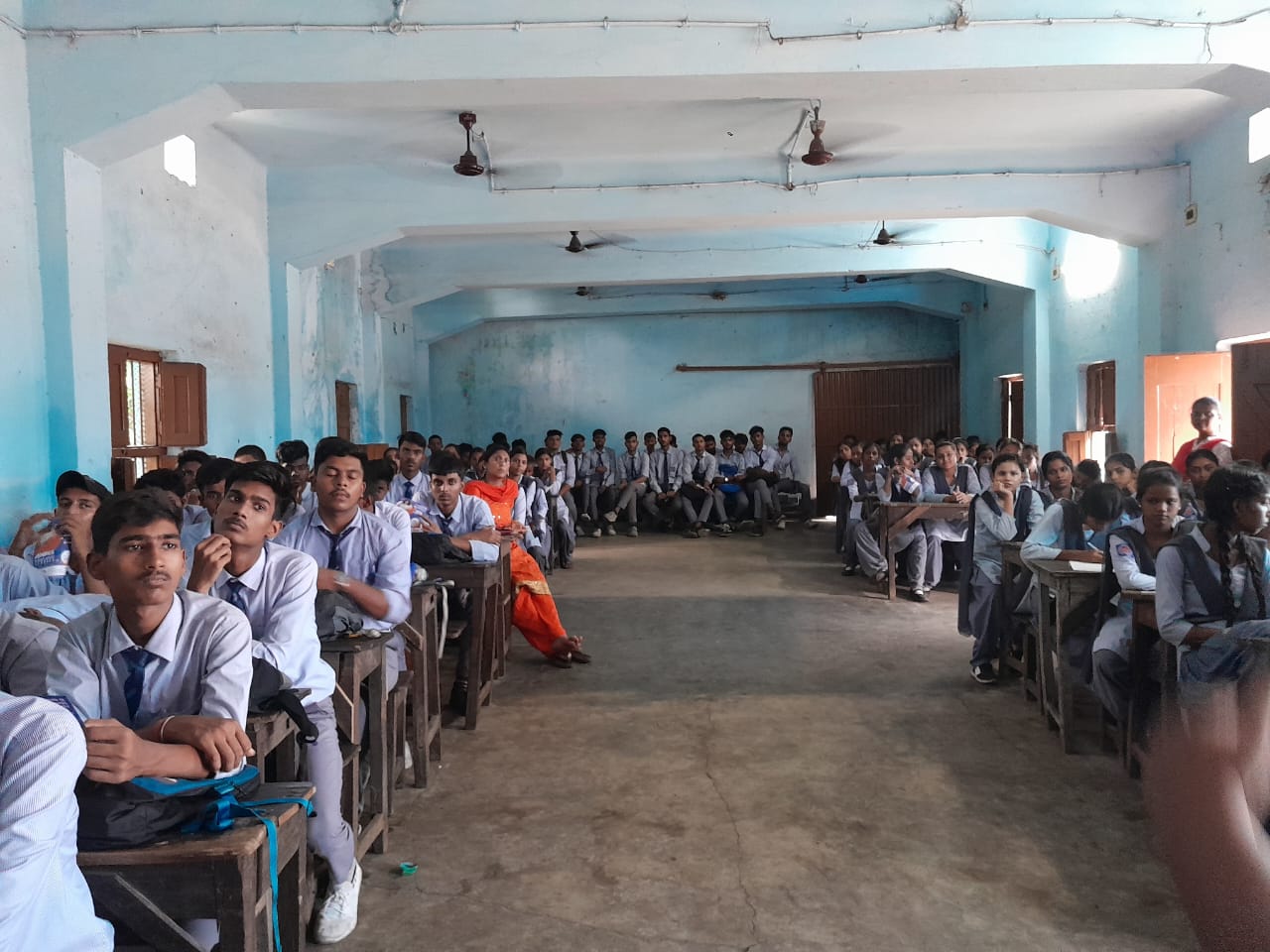National Defence Academy (NDA)
Eligibility
- Only unmarried male/ female candidates between the age group of 16.5 and 19.5 can join NDA.
- For Army Wing of National Defence Academy :—12th Class pass of the 10+2 pattern of School Education or equivalent examination conducted by a State Education Board or a University.
- For Air Force and Naval Wings of National Defence Academy and for the 10+2 Cadet Entry Scheme at the Indian Naval Academy :—12th Class pass with Physics, Chemistry and Mathematics of the 10+2 pattern of School Education or equivalent conducted by a State Education Board or a University.

Exam Date
The NDA 1 exam for 2025 was conducted on April 13, 2025. The NDA 2 exam for 2025 is scheduled to be held on September 14, 2025
NDA Exam Syllabus
The NDA Mathematics Syllabus comprises various sections, i.e. Algebra, Matrices, Trigonometry, Analytical Geometry, Differential Calculus, Integral Calculus, Vector Algebra, and Statistics and Probability.
NDA Exam Pattern
| NDA Exam Subjects | Topic-wise Syllabus |
|---|---|
| Algebra | Concept of set, operations on sets, Venn diagrams. De Morgan laws, Cartesian product, relation, equivalence relation. Real numbers, Complex numbers, Modulus, Cube roots, Conversion of a number in a Binary system to Decimals, and vice-versa. Arithmetic, Geometric and Harmonic progressions. Quadratic equations, Linear inequations, Permutation and Combination, Binomial theorem, and Logarithms. |
| Calculus | Concept of a real-valued function, domain, range, and graph of a function. Composite functions, one-to-one, onto, and inverse functions. The notion of limit, Standard limits, Continuity of functions, algebraic operations on continuous functions. Derivative of function at a point, geometrical and physical interpretation of a derivative-application. Derivatives of sum, product, and quotient of functions, a derivative of a function concerning another function, the derivative of a composite function. Second-order derivatives. Increasing and decreasing functions. Application of derivatives in problems of maxima and minima |
| Matrices and Determinants | Types of matrices, operations on matrices. Determinant of a matrix, basic properties of determinants. Adjoint and inverse of a square matrix, Applications-Solution of a system of linear equations in two or three unknowns by Cramer’s rule and by Matrix Method. |
| Integral Calculus and Differential Equations | Integration as inverse of differentiation, integration by substitution and by parts, standard integrals involving algebraic expressions, trigonometric, exponential, and hyperbolic functions. Evaluation of definite integrals—determination of areas of plane regions bounded by curves—applications.Definition of order and degree of a differential equation, formation of a differential equation by examples. General and particular solution of differential equations, solution of the first order, and first-degree differential equations of various types—examples. Application in problems of growth and decay. |
| Trigonometry | Angles and their measures in degrees and radians. Trigonometric ratios. Trigonometric identities Sum and difference formulae. Multiple and Sub-multiple angles. Inverse trigonometric functions. Applications-Height and distance, properties of triangles. |
| Vector Algebra | Vectors in two and three dimensions, magnitude, and direction of a vector. Unit and null vectors, the addition of vectors, scalar multiplication of a vector, scalar product, or dot product of two vectors. Vector product or cross product of two vectors. Applications—work done by a force and moment of a force and in geometrical problems. |
| Analytical Geometry Of Two and Three Dimension | Rectangular Cartesian Coordinate system. Distance formula. Equation of a line in various forms. The angle between two lines. Distance of a point from a line. Equation of a circle in standard and a general form. Standard forms of parabola, ellipse, and hyperbola. Eccentricity and axis of a conic. Point in a three-dimensional space, the distance between two points. Direction Cosines and direction ratios. Equation two points. Direction Cosines and direction ratios. Equation of a plane and a line in various forms. The angle between two lines and the angle between two planes. Equation of a sphere. |
| Statistics and Probability | Probability: Random experiment, outcomes, and associated sample space, events, mutually exclusive and exhaustive events, impossible and certain events. Union and Intersection of events. Complementary, elementary, and composite events. Definition of probability—classical and statistical—examples. Elementary theorems on probability—simple problems. Conditional probability, Bayes’ theorem—simple problems. Random variable as function on a sample space. Binomial distribution, examples of random experiments giving rise to Binomial distribution. |
| Physics |
Physical Properties and States of Matter Modes of transference of Heat Mass, Weight, Volume, Sound waves and their properties Simple musical instruments Rectilinear propagation of Light Density and Specific Gravity Reflection and refraction Principle of Archimedes Spherical mirrors and Lenses Pressure Barometer Human Eye Motion of objects Natural and Artificial Magnets Velocity and Acceleration Properties of a Magnet Newton’s Laws of Motion Earth as a Magnet Force and Momentum Static and Current Electricity Parallelogram of Forces Conductors and Non-conductors Stability and Equilibrium of bodies Ohm’s Law Gravitation Simple Electrical Circuits Elementary ideas of work Heating, Lighting, and Magnetic effects of Current Power and Energy Measurement of Electrical Power Effects of Heat Primary and Secondary Cells Measurement of Temperature and Heat Use of X-Rays General Principles in the working of Simple Pendulum, Simple Pulleys, |
| Chemistry |
Preparation and Properties of Hydrogen, Oxygen, Nitrogen and Carbon Dioxide, Oxidation and Reduction. Acids, bases and salts. Carbon— different forms Physical and Chemical Changes Fertilizers—Natural and Artificial Elements Material used in the preparation of substances like Soap, Glass, Ink, Paper, Cement, Paints, Safety Matches, and Gunpowder Mixtures and Compounds Elementary ideas about the structure of Atom Symbols, Formulae, and simple Chemical Equation Atomic Equivalent and Molecular Weights Law of Chemical Combination (excluding problems) Valency Properties of Air and Water |
| General Science |
Common Epidemics, their causes, and prevention Difference between the living and non-living Food—Source of Energy for man Basis of Life—Cells, Protoplasms, and Tissues Constituents of food Growth and Reproduction in Plants and Animals Balanced Diet Elementary knowledge of the Human Body and its important organs The Solar System—Meteors and Comets, Eclipses. Achievements of Eminent Scientists |
| History, Freedom Movement |
Forces shaping the modern world; Renaissance Exploration and Discovery; A broad survey of Indian History, with emphasis on Culture and Civilisation Freedom Movement in India French Revolution, Industrial Revolution, and Russian Revolution War of American Independence, Impact of Science and Technology on Society Elementary study of Indian Constitution and Administration Concept of one World Elementary knowledge of Five Year Plans of India United Nations, Panchsheel, Panchayati Raj, Democracy, Socialism and Communism Role of India in the present world Co-operatives and Community Development Bhoodan, Sarvodaya, National Integration and Welfare State Basic Teachings of Mahatma Gandhi |
| Geography |
The Earth, its shape and size Ocean Currents and Tides Atmosphere and its composition Latitudes and Longitudes Temperature and Atmospheric Pressure, Planetary Winds, Cyclones, and Anticyclones; Humidity; Condensation and Precipitation Concept of time Types of Climate International Date Line Major Natural Regions of the World Movements of Earth and their effects Regional Geography of India Climate, Natural vegetation. Mineral and Power resources; Location and distribution of agricultural and Industrial activities Origin of Earth. Rocks and their classification Important Sea ports and main sea, land, and air routes of India Weathering—Mechanical and Chemical, Earthquakes and Volcanoes Main items of Imports and Exports of India |
| Current Affairs |
Knowledge of Important events that have happened in India in recent years. Prominent personalities of both Indian and International level Cultural activities and sports activities Current important world events. |
| NDA SSB Interview |
NDA SSB Interview
After clearing the written exam of NDA, candidates have to appear for the SSB Interview rounds. The pattern of the NDA Interviews is as mentioned below:
| NDA – SSB Interview Pattern | ||
|---|---|---|
| Stage 1 | Screening Test | Verbal and non-verbal tests. PPDT |
| Stage 2 | Psychological Test | Thematic Apperception Test (TAT) Word Association Test (WAT) Situation Reaction Test (SRT) Self Description Test (SD) |
| Group Testing Officers Test | GD GPE PGT HGT IoT Command Task Snake Race/Group Obstacle Race Individual lecture FGT |
|
| Personal Interview & Conference |

